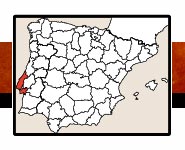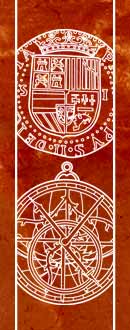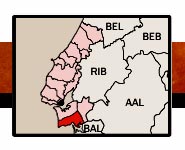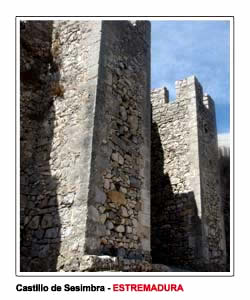


 |
 |
||
 |
|||
 |
(40)/D-J/ESTR-Setuba-40.jpg) |
-55/BOOK-cort-40.jpg) |
 |
 |
||
 |
|||
 |
CASTELO DE SESIMBRAINFORMACIÓN HISTÓRICO-ARTÍSTICASobre el castillo árabe, el rey Alfonso Henríquez construyó un nuevo castillo en el siglo XII, fue abandonado en el siglo XVI; más tarde en el siglo XVII se doto de nuevas estructuras de tipo baluarte, el terremoto de (1755) lo daño mucho, y no fue restaurado hasta (1939). ENTRADAS Y HORARIOSEl contacto con la Oficina de Turismo es: Teléfono 351.212.288.540 y decl_dtc_st@mun-sesimbra.pt ACCESODesde Lisboa se accede por la A-2 y por la salida 2 coger la N-378, antes de llegar a Sesimbra se ve el cartel marrón “Castelo”. ACCESO PARA MINUSVÁLIDOSLa entrada al interior es posible con silla de ruedas, pero no subir a torres o al adarve.
|
 |
CASTLE OF SESIMBRAHISTORICAL-ARTISTIC INFORMATIONOn the Arab castle, the king Afonso Hénriques constructed a new castle in 12 th century, was abandoned in the 16 th century; later in the 17 th century it was endowed with new structures of baluart type, the earthquake of (1755) greatly damaged it, and was not restored until (1939). TICKETS AND TIMETABLEThe contact with the Tourist Office is Telephone number 351.212.288.540 and mail: decl_dtc_st@mun-sesimbra.pt LOCATIONFrom Lisbon, take the A-2 and take exit N-378, before reaching Sesimbra you can see the brown sign for “Castelo”. ACCESS FOR THE HANDICAPPEDThe entry inside is possible with wheelchair, but not the ascent to towers or the wall walk.
|
||||
 |